Diabetes Danger: Shocking Foods Spiking Your Blood Sugar
When it comes to managing blood sugar, it’s not always the usual suspects. Sure, candy and soda are obvious culprits—but what about your morning smoothie or that “healthy” granola bar? The truth is, some of the worst blood sugar spikes come from foods marketed as smart choices. That’s why we’ve expanded our guide to 21 Shocking Foods That Spike Blood Sugar—a deep dive into the hidden offenders that may be quietly sabotaging your control. These aren’t just sugary snacks; they’re everyday staples and sneaky ingredients that catch even seasoned pros off guard. But this isn’t about fear—it’s about power. When you understand how these foods behave in your body, you can pivot, plan, and stay in control without feeling deprived. Whether you're managing diabetes or simply trying to stabilize energy and mood, these insights will change how you read your plate. Ready to spot the real sugar saboteurs? Let’s begin.
1. The Role of White Bread and Refined Grains
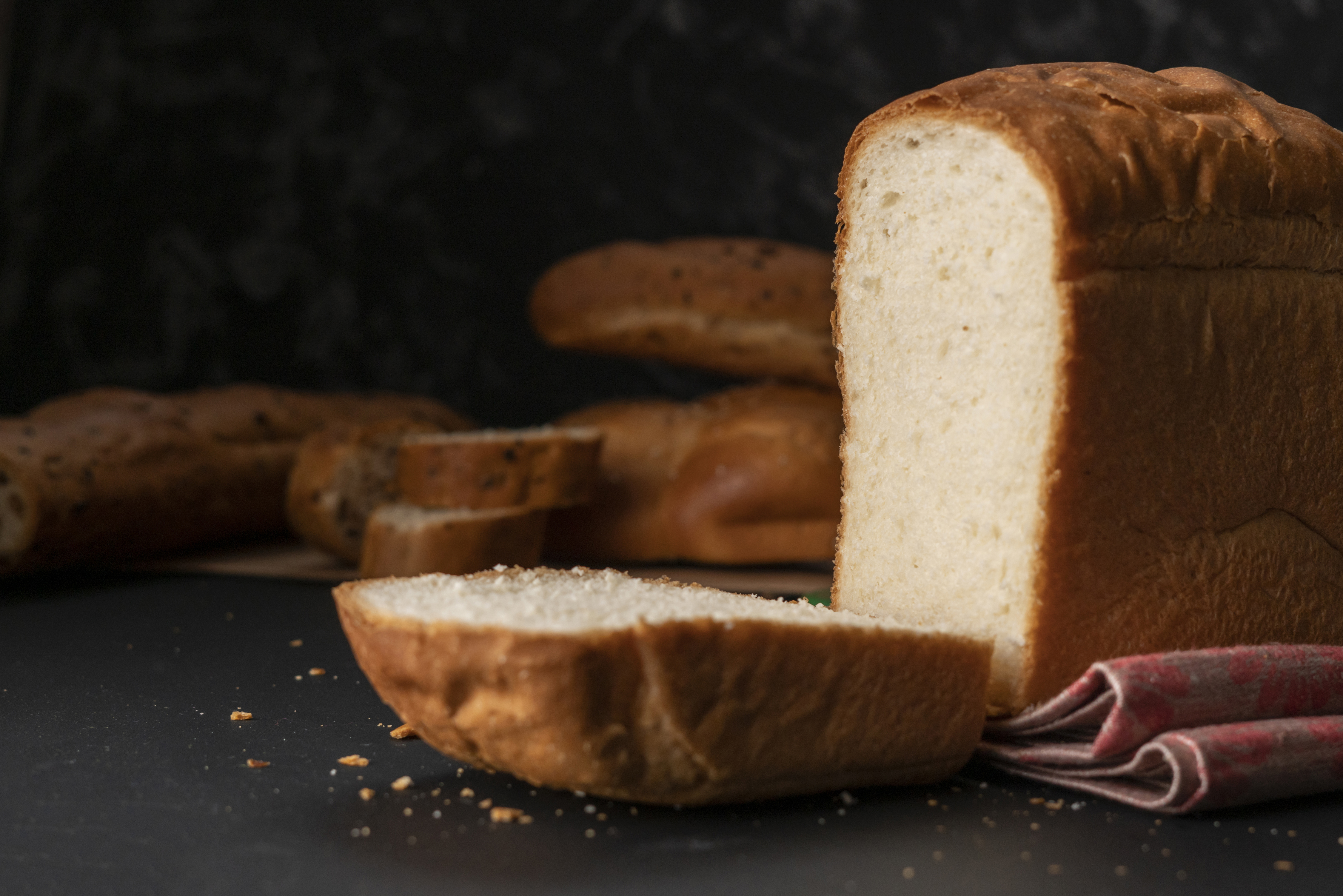
White bread, along with other refined grains, is a staple in many diets around the world. However, these foods can significantly impact blood sugar levels due to their high glycemic index (GI). The process of refining grains removes fiber, which is essential for slowing down the digestion and absorption of carbohydrates. Without this fiber, the body quickly converts these foods into glucose, causing a rapid spike in blood sugar levels. For those managing diabetes, it's crucial to recognize the impact of these refined grains and consider healthier alternatives like whole grain or multigrain breads, which have a lower GI and provide more nutrients and fiber.
2. The Sugar in Fruit Juices
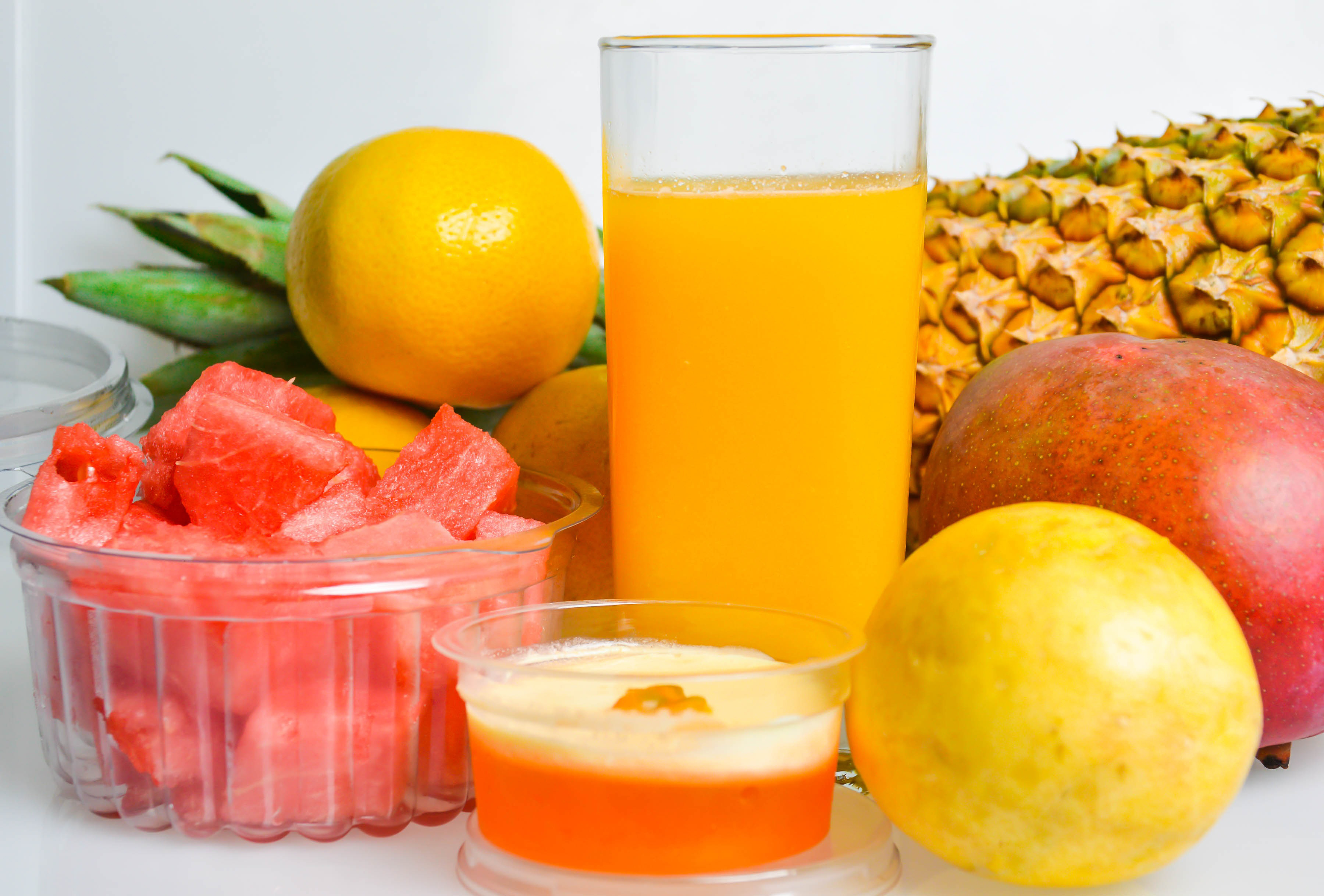
Fruit juices are often perceived as a healthy choice, packed with vitamins and antioxidants. However, they can be deceptive for those managing diabetes. Unlike whole fruits, juices lack fiber, which is crucial for moderating sugar absorption. Moreover, many commercial fruit juices contain added sugars, further exacerbating their impact on blood glucose levels. Even freshly squeezed juices can cause spikes due to the concentrated sugar content. For diabetics, it's important to consume whole fruits instead of juices, as the fiber content in whole fruits helps slow down sugar absorption and provides additional health benefits.
3. The Hidden Sugars in Yogurt
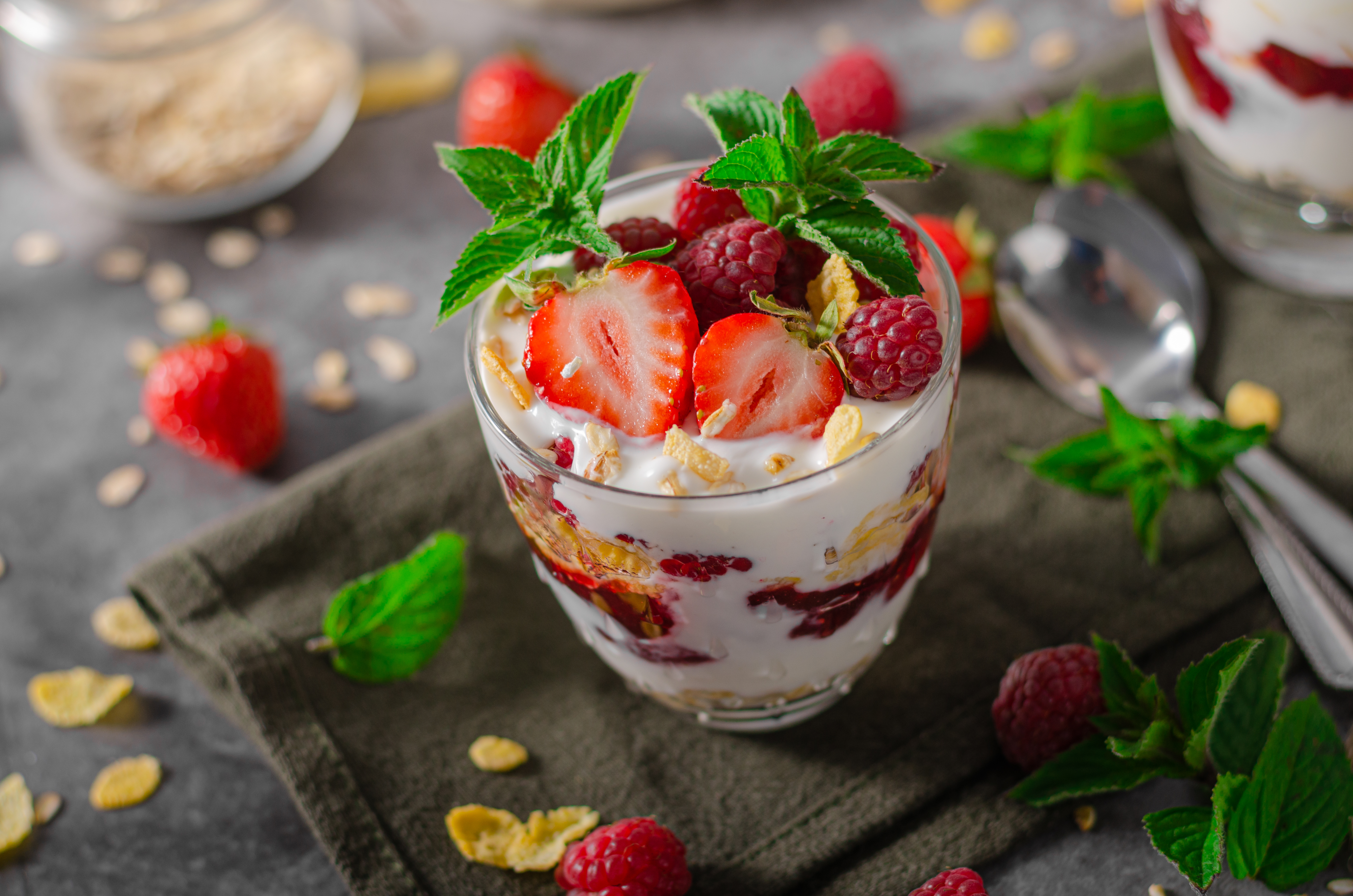
Yogurt is often marketed as a health food, rich in probiotics and calcium. However, many flavored yogurts contain added sugars that can quietly raise blood sugar levels. Even seemingly healthy options like fruit-flavored or low-fat yogurts can be laden with sugar to enhance taste. For diabetes management, it's advisable to choose plain, unsweetened yogurt and add fresh fruits or a small amount of natural sweetener for flavor. This approach not only helps control sugar intake but also allows for customization based on personal taste preferences.
4. The Sweetness of Breakfast Cereals

Breakfast cereals are a quick and convenient option for many, but they often contain hidden sugars that can impact blood sugar levels. Even cereals marketed as "healthy" or "whole grain" can be deceiving, as they may still contain significant amounts of sugar. The high carbohydrate content in cereals, combined with added sugars, can lead to a rapid increase in blood glucose. For those managing diabetes, it's important to read labels carefully and opt for cereals with low sugar content and high fiber. Alternatively, homemade oatmeal with nuts and seeds can be a healthier breakfast choice.
5. The Carbs in Potatoes

Potatoes are a versatile and popular food, but they can be problematic for those managing diabetes due to their high starch content. When consumed, potatoes are rapidly broken down into glucose, leading to a spike in blood sugar levels. This effect is particularly pronounced with mashed potatoes or fries, which have a higher glycemic index. For a healthier alternative, consider sweet potatoes, which have a lower GI and are rich in vitamins and fiber. Additionally, portion control is key when consuming potatoes to minimize their impact on blood glucose.
6. The Sugar in Salad Dressings
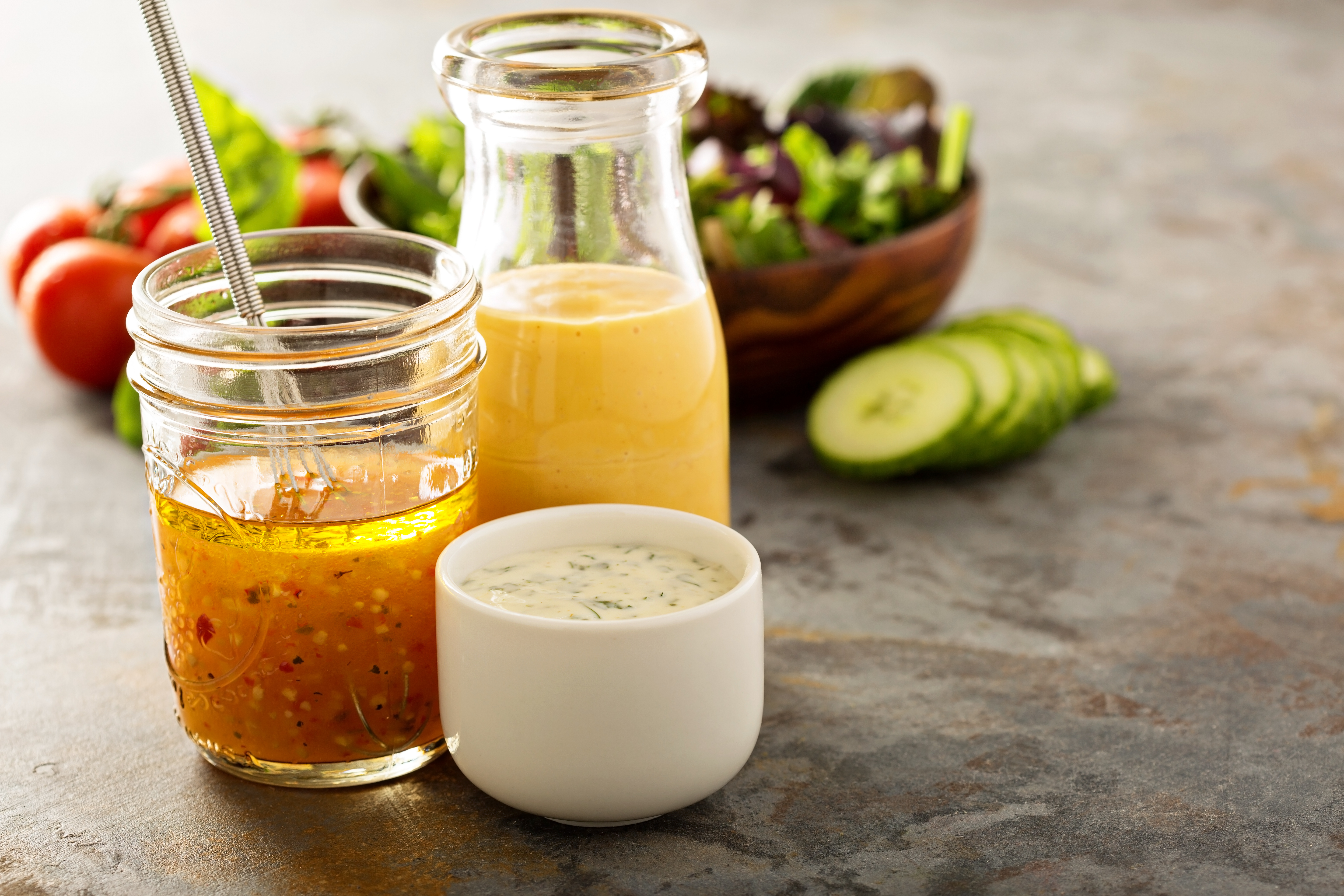
Salads are often considered a healthy meal choice, but the dressings used can contain hidden sugars that affect blood sugar levels. Many commercial salad dressings, especially those labeled as "low-fat," compensate for flavor with added sugars. These sugars can quickly add up, turning a healthy salad into a potential blood sugar spike. To manage this, consider making homemade dressings using olive oil, vinegar, and herbs, or choose dressings with no added sugars. Being mindful of portion sizes can also help control sugar intake from dressings.
7. The Impact of Canned Soups
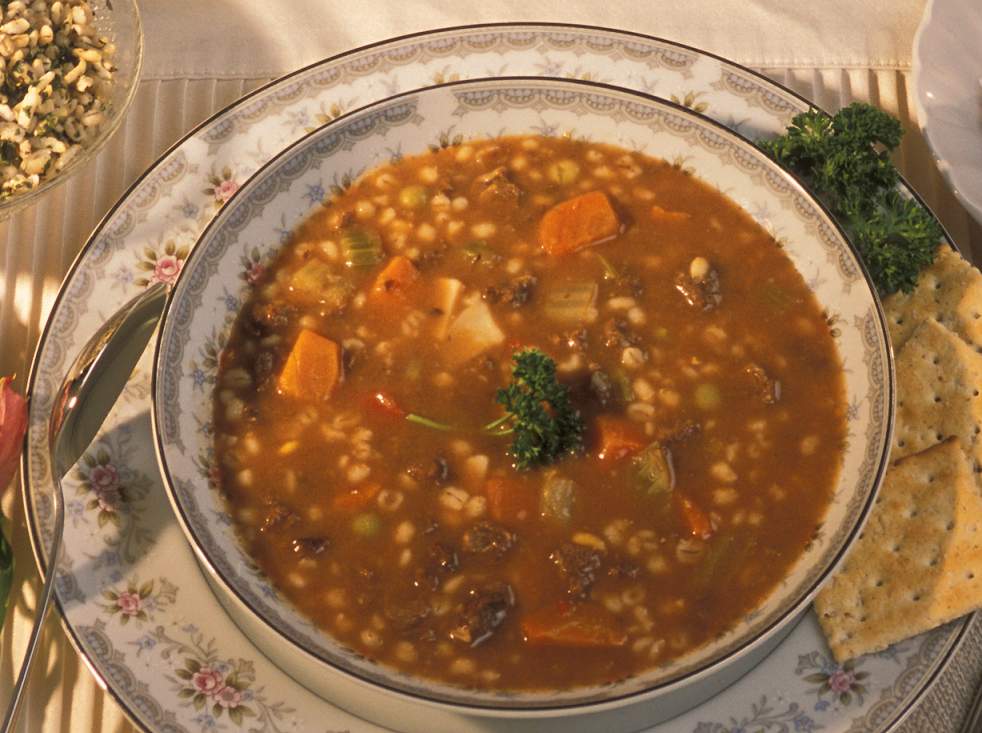
Canned soups are a convenient meal option, but they often contain hidden sugars and high levels of sodium. These ingredients can contribute to increased blood sugar levels and affect overall health. The sugars are sometimes added for flavor or as preservatives, making it important for us to carefully read the labels on these products. Opting for low-sodium or no-sugar-added varieties can help mitigate these effects. Alternatively, homemade soups made with fresh ingredients allow for better control over sugar and salt content, thereby providing a healthier option for those managing diabetes.
8. The Complexities of Milk and Dairy Products
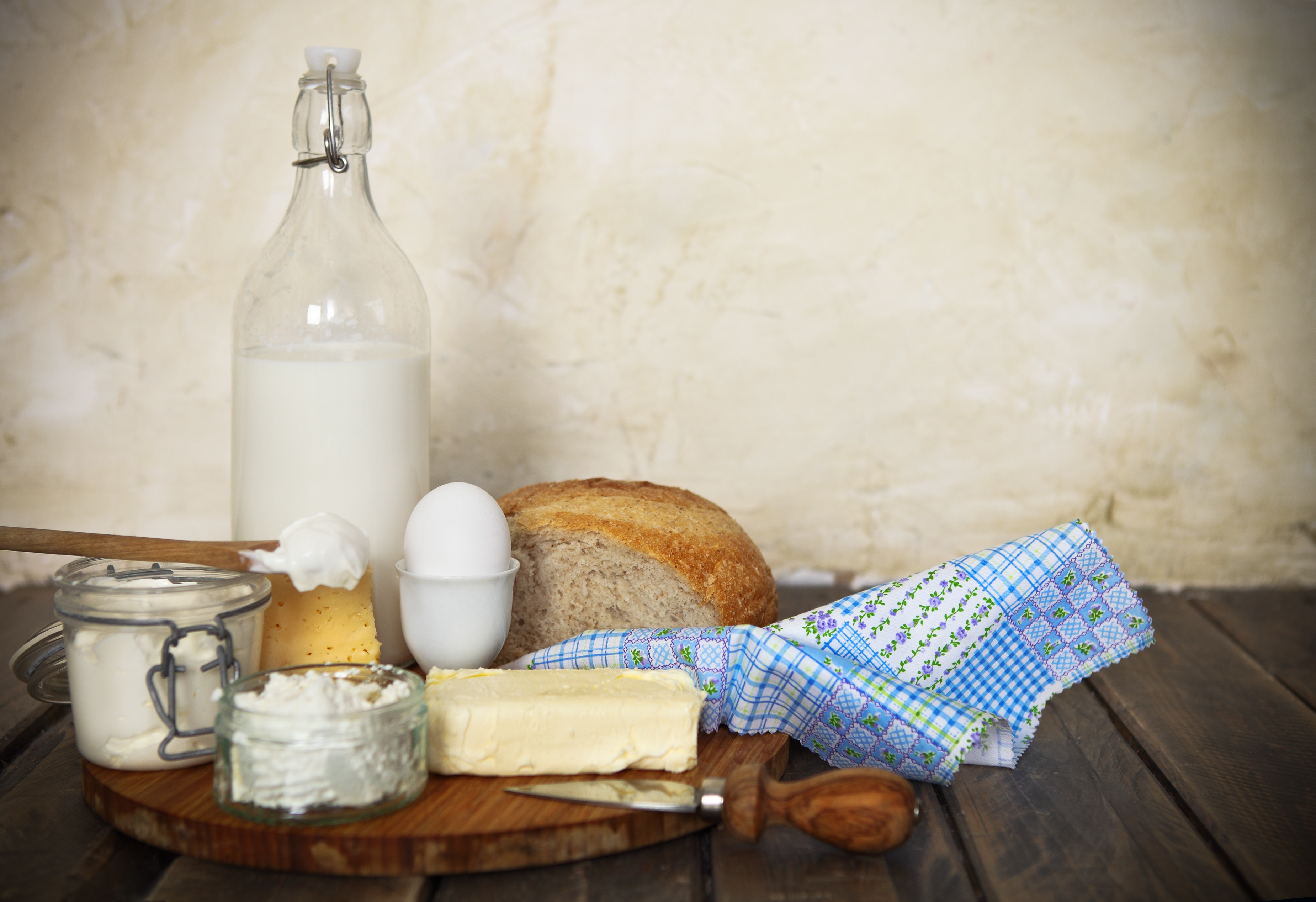
Milk and dairy products are important sources of calcium and vitamin D, but they can also affect blood sugar levels. Lactose, the natural sugar in milk, can contribute to blood glucose spikes—particularly in individuals who consume large quantities. Flavored milks and sweetened dairy products such as ice cream can further exacerbate this issue. For those managing diabetes, choosing unsweetened almond, soy, or lactose-free milk can be beneficial. Additionally, being mindful of portion sizes and opting for low-fat dairy products can help manage blood sugar levels effectively.
9. The Sweetness in Condiments
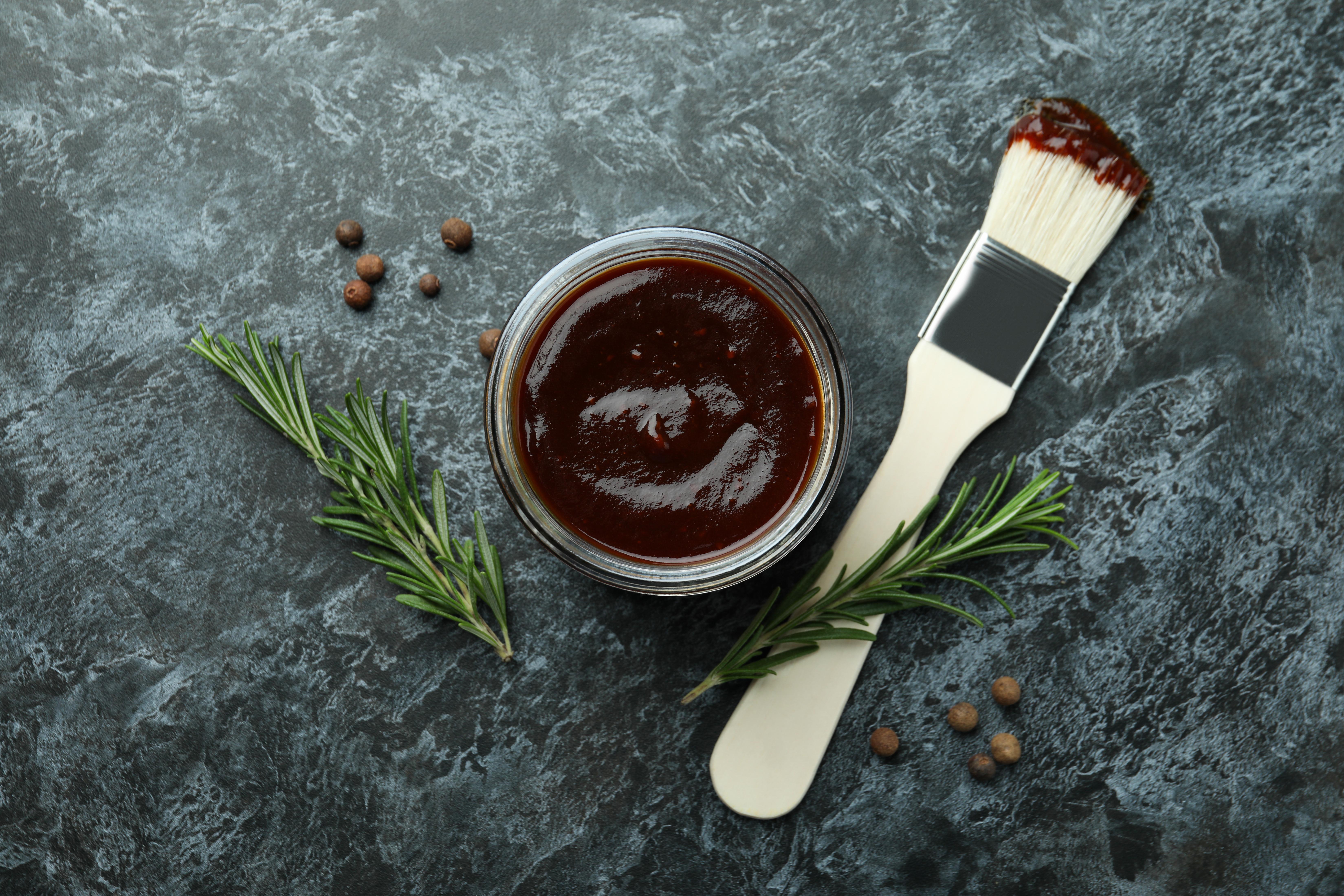
Condiments such as ketchup, barbecue sauce, and sweet chili sauce often contain added sugars that can quietly raise blood sugar levels. These sugars are used to enhance flavor and prolong shelf life, but they can quickly add up, especially when used liberally. For diabetes management, it's important to be aware of the sugar content in condiments and use them as sparingly as one possibly can. Opting for sugar-free or reduced-sugar versions also helps, as does making homemade condiments where you have full control over the ingredients used. Being mindful of portion sizes is equally crucial to managing sugar intake from condiments.
10. The Sugar in Energy Bars

Energy bars are often marketed as a healthy snack or meal replacement, but they can be deceptively dangerous for those managing diabetes. Many energy bars contain added sugars, syrups, and high carbohydrate content, leading to a rapid increase in blood glucose levels. It's essential to read labels carefully and choose bars with minimal added sugars and high fiber content. Alternatively, making homemade energy bars with nuts, seeds, and natural sweeteners—like honey or dates—can provide a healthier option that supports stable blood sugar levels.
11. The High-Carb Content of Pasta
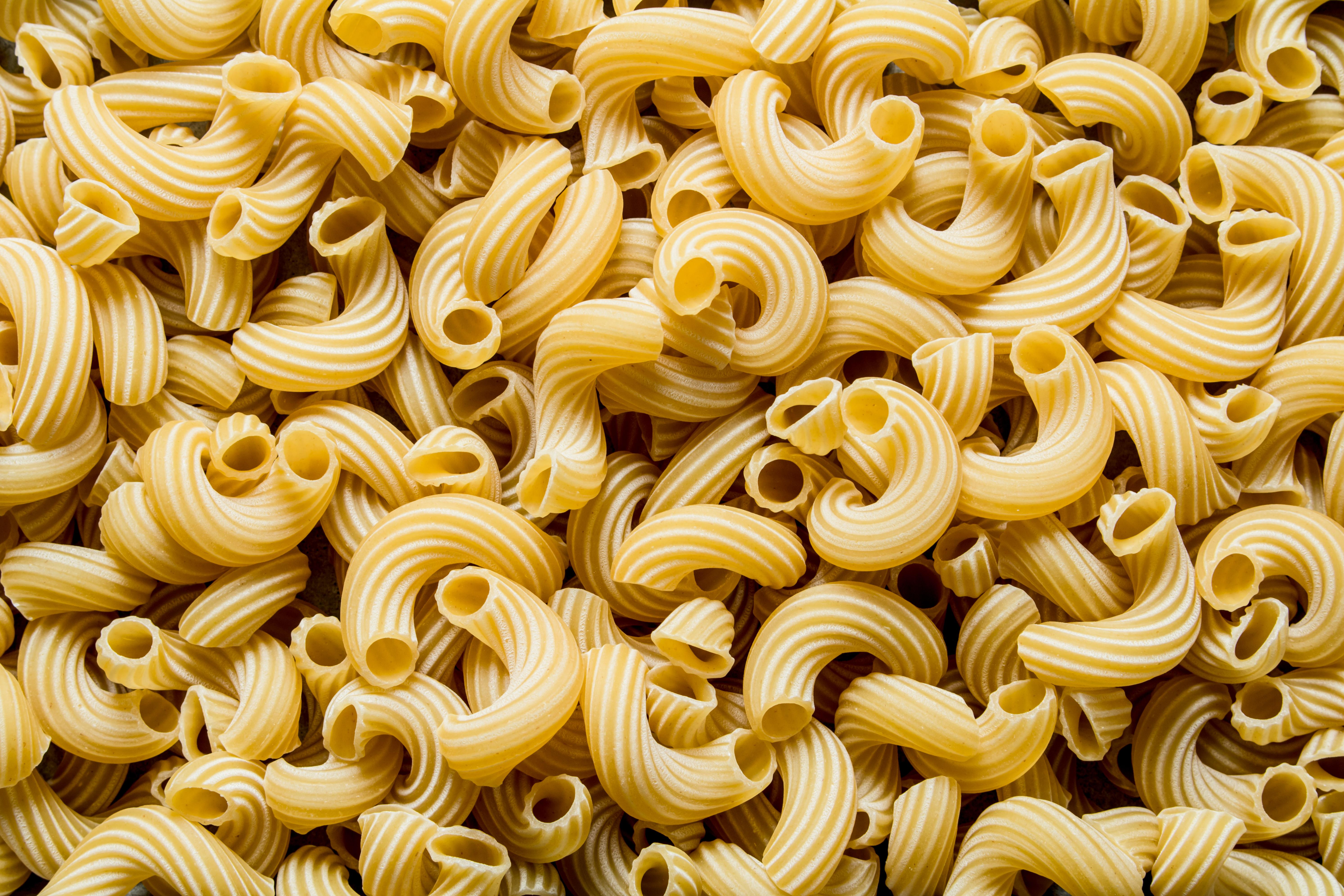
Pasta is a beloved staple in many cuisines, particularly the Italian cuisine, but its high carbohydrate content can pose challenges for those managing diabetes. Traditional pasta is made from refined flour, which can lead to rapid spikes in blood sugar levels. To manage this, consider opting for whole grain or legume-based pastas, which have a lower glycemic index and higher fiber content. Additionally, portion control is crucial, as large servings can significantly impact blood glucose. Pairing pasta with a protein source and plenty of vegetables can also help balance the meal and moderate its effects on blood sugar.
12. The Spike from Sushi Rolls
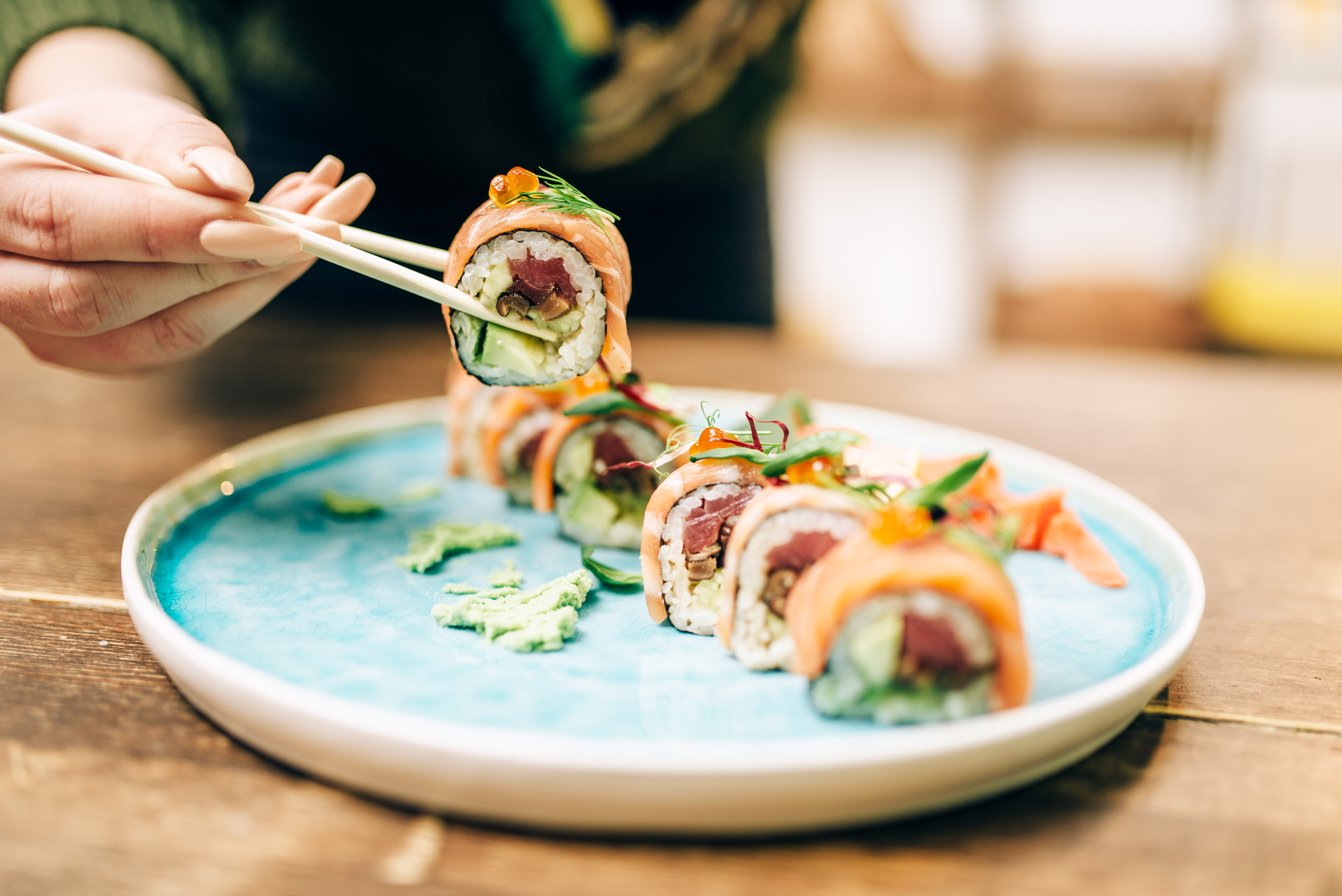
Sushi might seem like a light, healthy option, but for those managing diabetes, it can be a hidden troublemaker. White rice—often used in generous portions—has a high glycemic index and is typically mixed with sugar and vinegar, making it even more likely to spike blood sugar. Add in sweet sauces like eel sauce or spicy mayo, and your “clean” meal can quickly become a glucose bomb. To make sushi safer, opt for sashimi, choose brown rice when available, and skip sugary sauces. Always watch portion size—those tiny rolls can pack more carbs than you think.
13. The Surprise in Dried Fruits
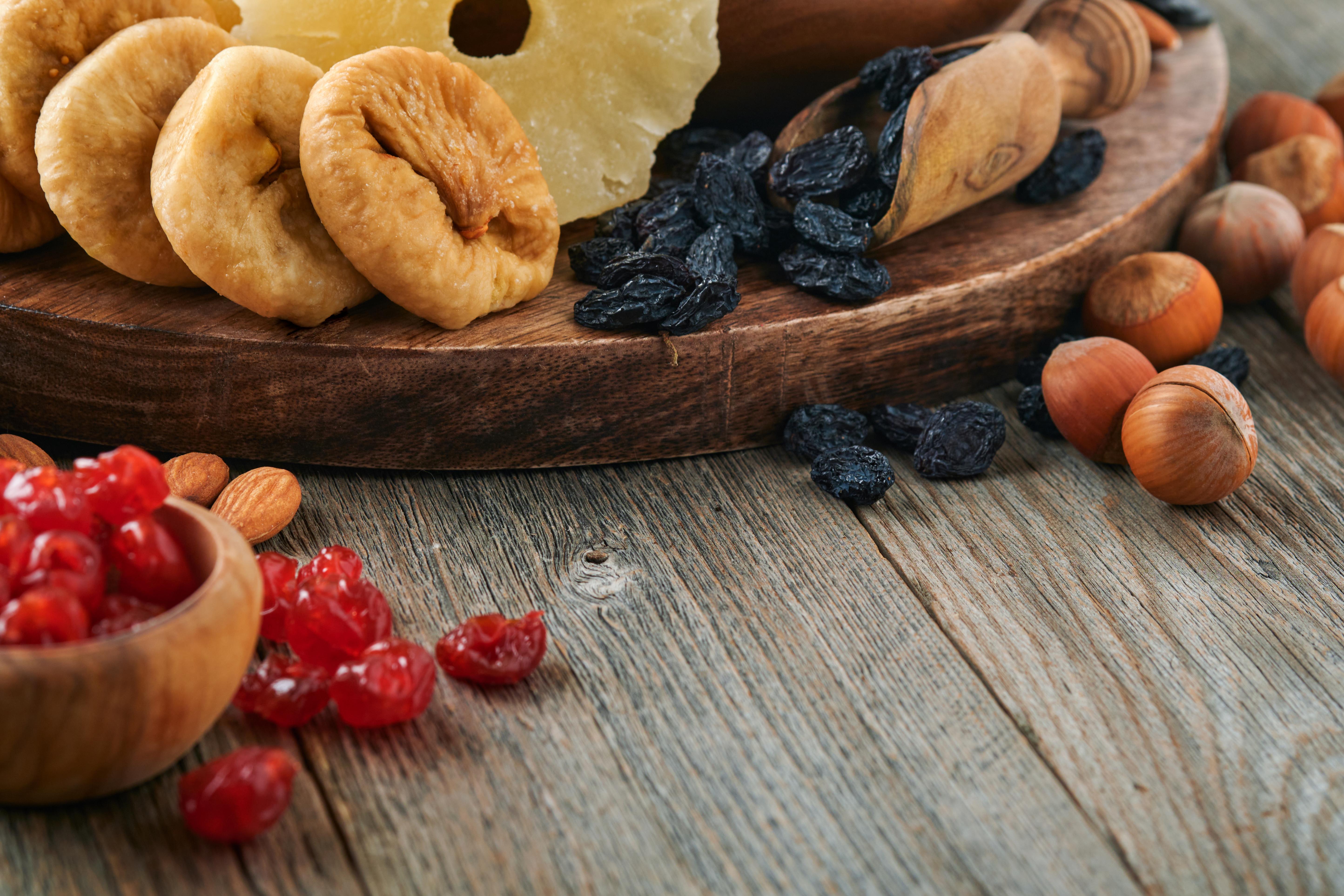
Dried fruits might sound healthy, but they’re incredibly concentrated sources of natural sugar. A small handful of raisins or dried mango can contain more sugar than an entire piece of fresh fruit—with none of the water content to help slow absorption. Many commercial versions also have added sugar for extra sweetness. This potent sugar load can lead to sharp blood sugar spikes. For better control, choose fresh whole fruits instead, or eat small amounts of dried fruit paired with protein or fat (like nuts) to blunt the glycemic impact. Always check labels for sneaky added sugars.
14. The Trap of “Gluten-Free” Products
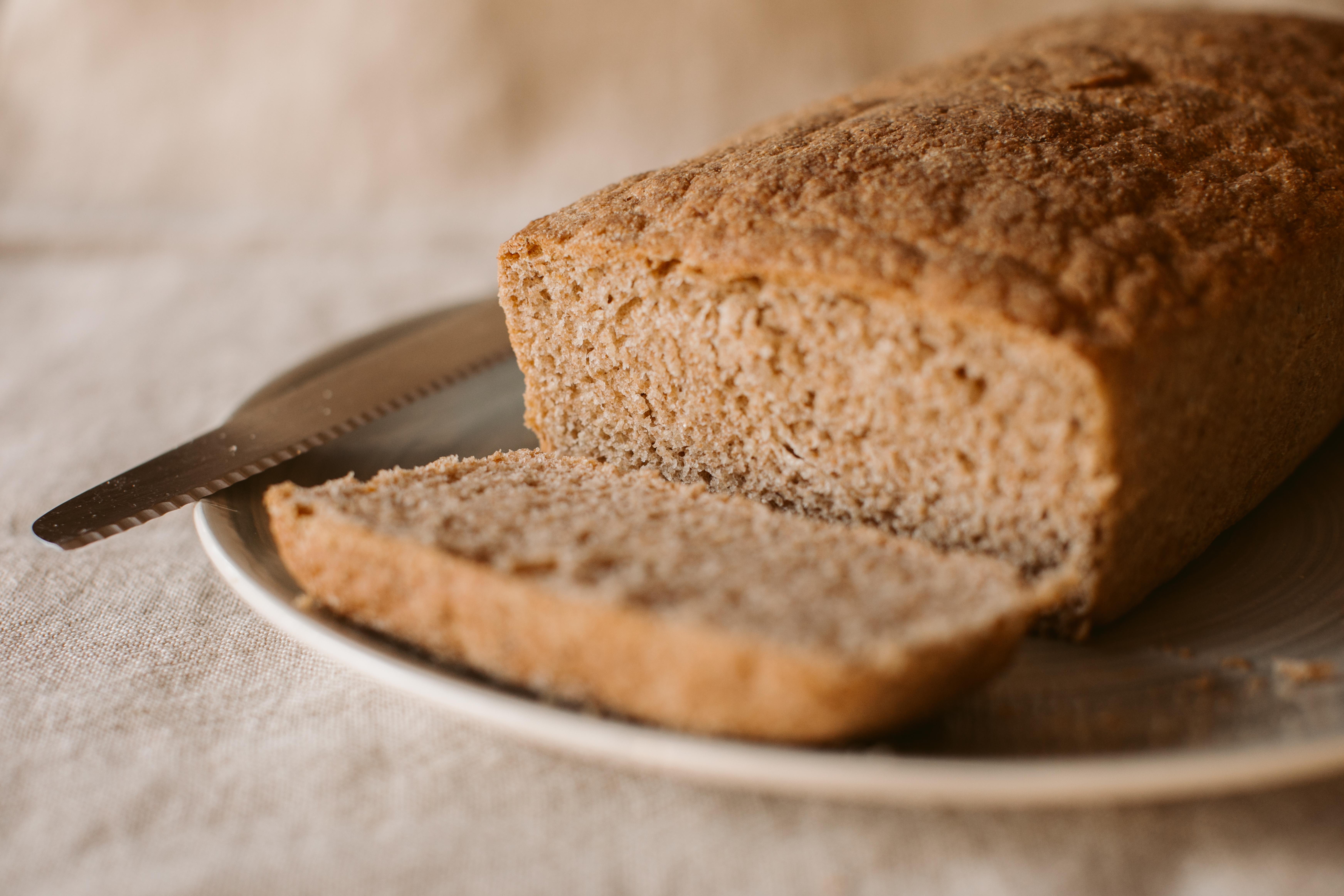
“Gluten-free” doesn’t mean blood sugar–friendly. In fact, many gluten-free products—like breads, crackers, and baked goods—use refined starches such as rice flour, tapioca, or potato starch, all of which can cause rapid glucose spikes. These alternatives often lack the fiber and protein found in whole grain wheat products, making their glycemic impact even more pronounced. If you’re managing diabetes and avoiding gluten, opt for gluten-free options made with chickpea flour, almond flour, or other high-fiber bases. Always read nutrition labels carefully—“gluten-free” is a label, not a license to ignore blood sugar.
15. The Danger of Smoothie Bowls
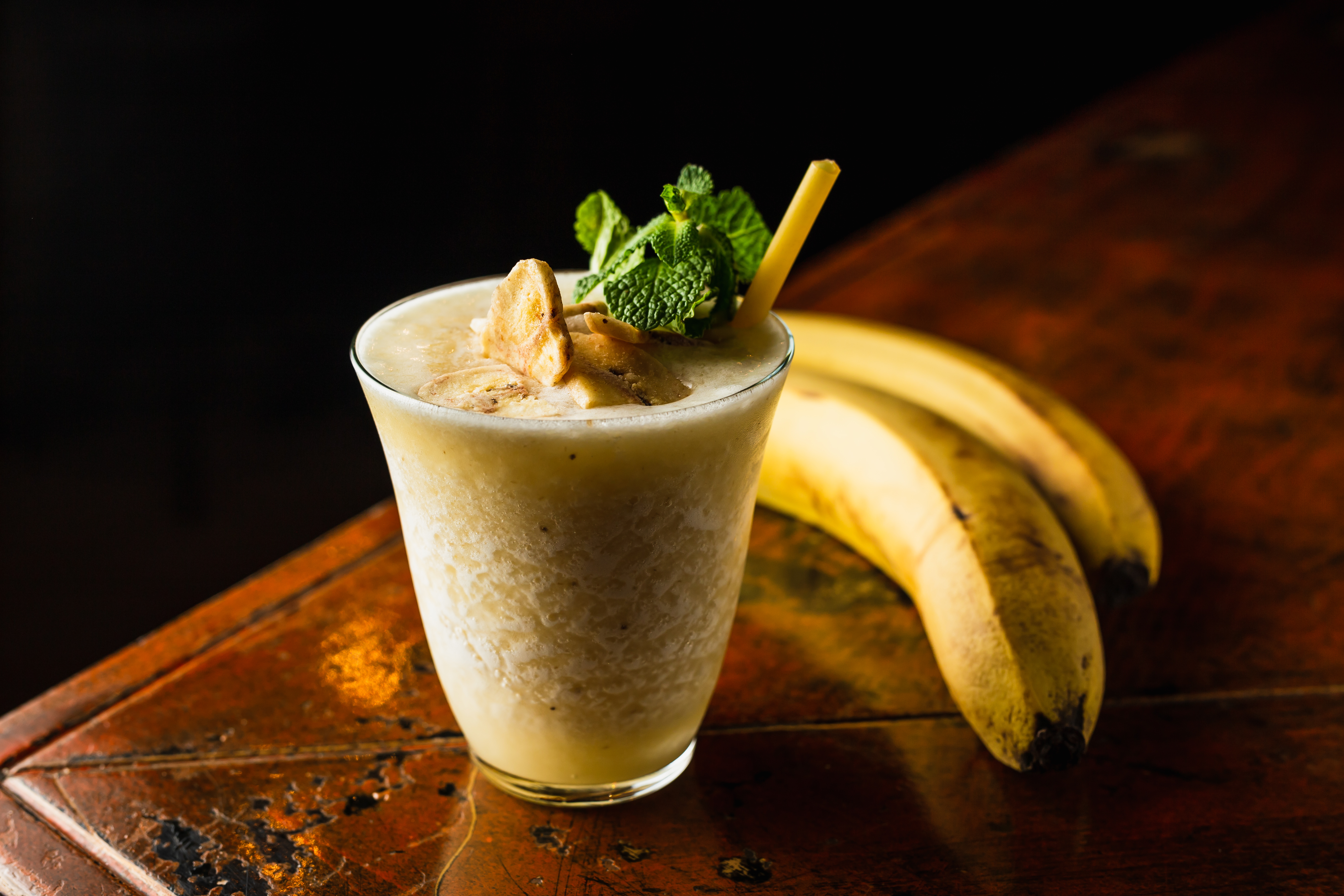
Smoothie bowls often masquerade as a nutritious breakfast, but many are loaded with sugar from multiple sources: fruit juices, bananas, honey, granola, and sweetened yogurt. Even natural sugars add up fast when blended into one concentrated bowl. The lack of fiber and fat also means the sugars are absorbed quickly, spiking blood glucose levels. To make smoothie bowls more diabetes-friendly, use leafy greens, unsweetened nut milk, protein (like Greek yogurt or protein powder), and top with seeds or nuts for healthy fat. Treat smoothies as a structured meal—not a free-for-all fruit fest.
16. The Unexpected Spike from Restaurant Soups
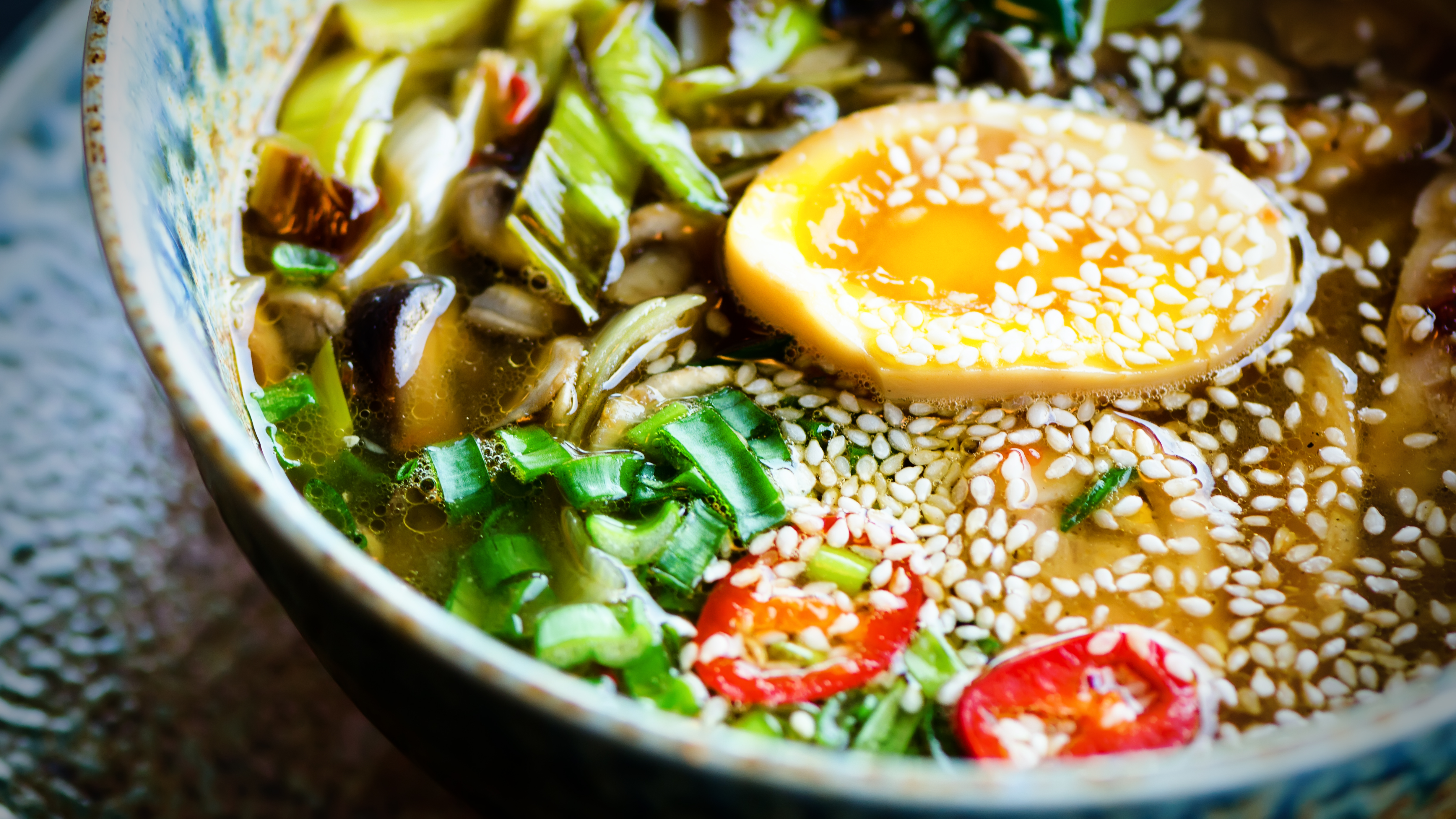
That cozy bowl of soup from your favorite restaurant could be packed with unexpected sugars and starches. Cream-based soups often contain flour or cornstarch for thickening, while tomato-based options might be sweetened to cut acidity. Even hearty vegetable or lentil soups can come with white rice or potatoes that drive up carbs fast. For better blood sugar control, choose broth-based soups without added grains or opt for homemade versions where you can control ingredients. Always ask about the contents when dining out—what seems like a light choice might not be so light on your blood sugar.
17. The Pitfalls of Vegan Meat Alternatives
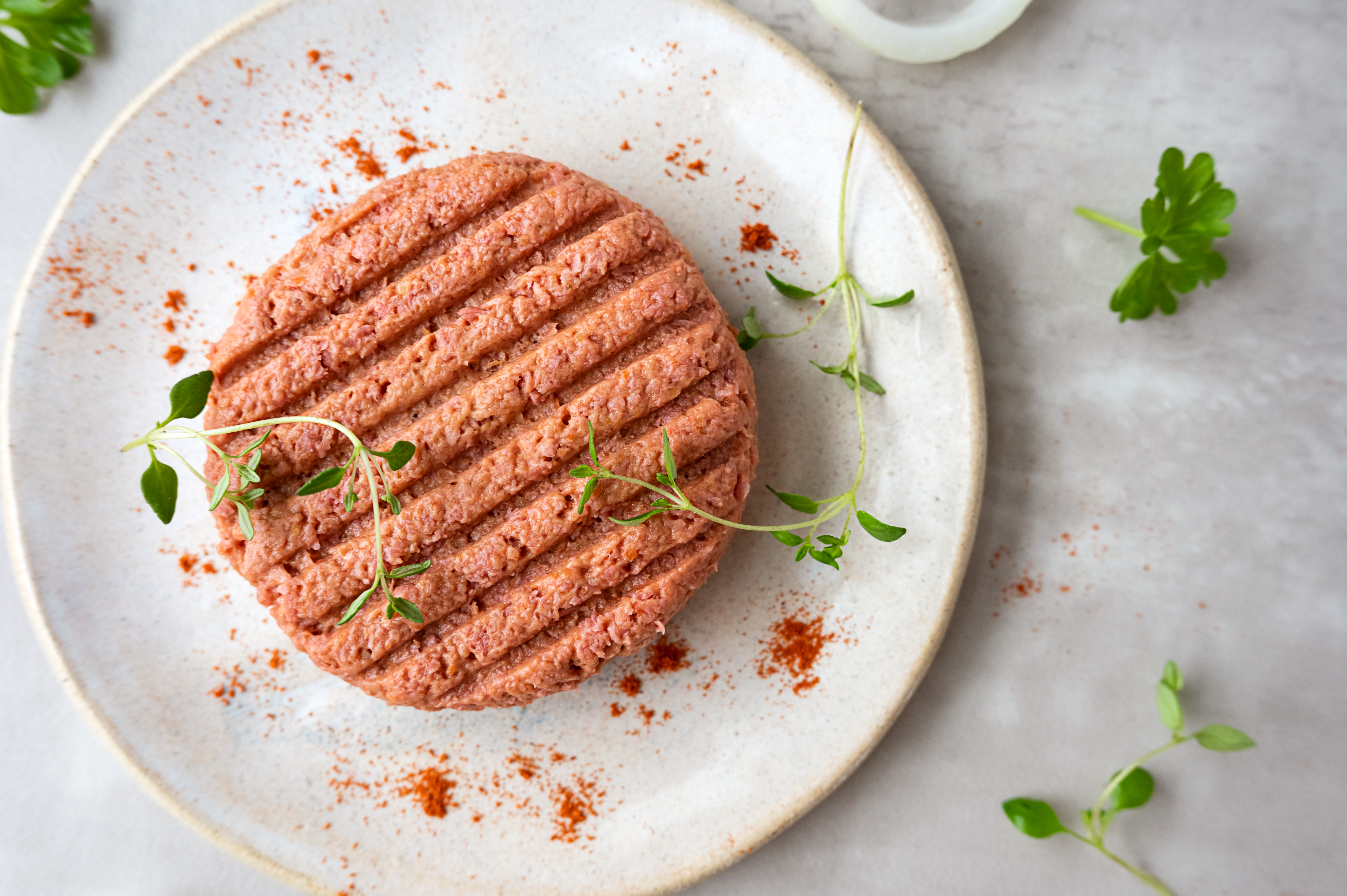
Plant-based doesn’t always mean healthy—especially when it comes to ultra-processed vegan meat substitutes. Many popular brands use refined starches, fillers, and added sugars to replicate flavor and texture, which can result in a surprisingly high glycemic load. Some patties, nuggets, or “sausages” contain maltodextrin or dextrose, which spike blood sugar rapidly. While these products offer convenience and ethical appeal, they can derail glucose control if eaten regularly. For a better option, go for minimally processed plant proteins like lentils, tofu, or tempeh, and always read labels carefully—even when something looks virtuous.
18. The Sugar Surge from Sports Drinks
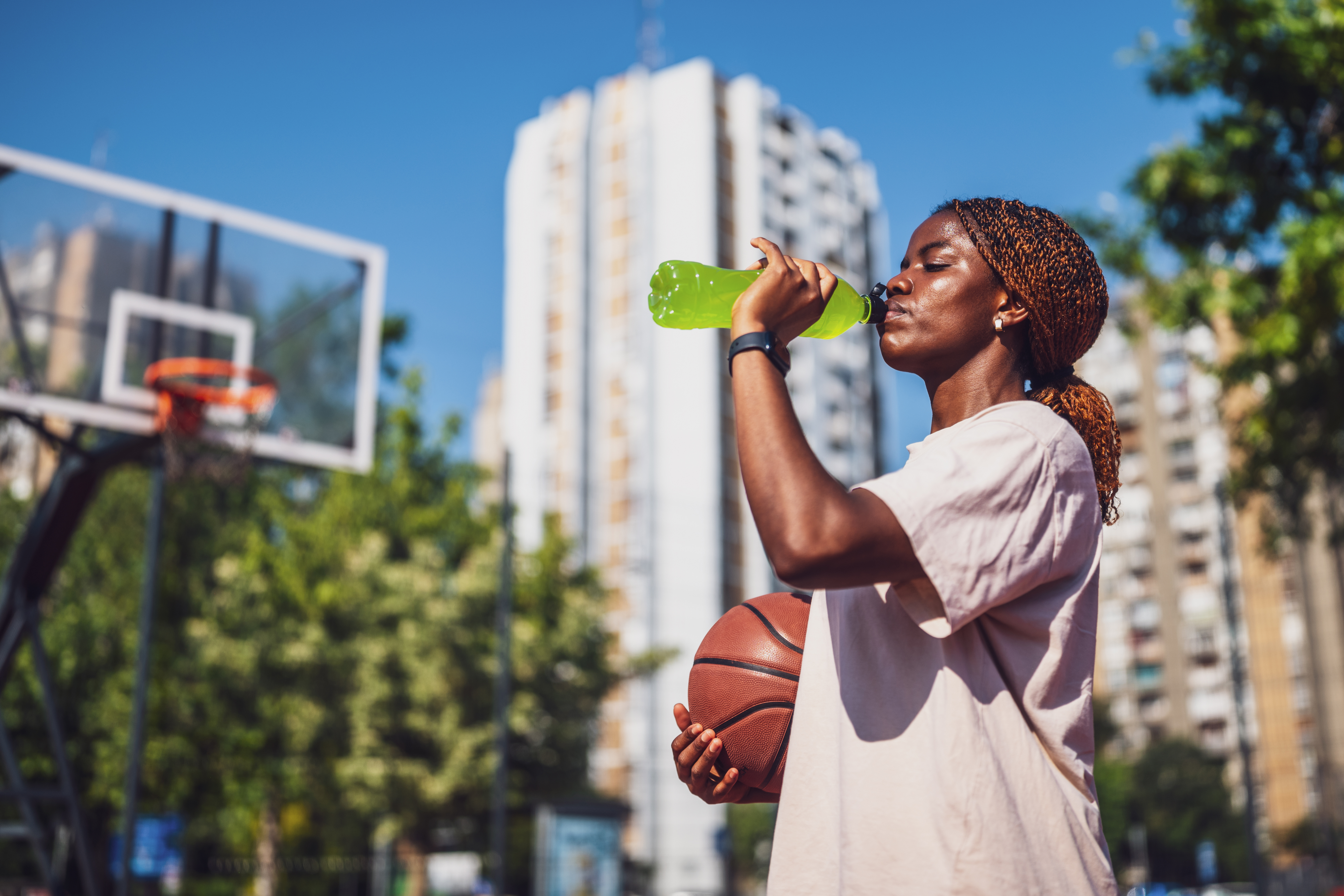
Marketed as hydration heroes, sports drinks are often loaded with sugar—sometimes even more than soda. A single bottle can contain up to 30 grams of sugar, designed to quickly replenish glycogen in athletes—not the average person. For those with diabetes or insulin resistance, these beverages can cause dramatic blood sugar spikes. Even “electrolyte-enhanced” waters or “zero sugar” versions can contain hidden carbs or artificial sweeteners that impact insulin response. For hydration without havoc, stick to water, herbal teas, or add a pinch of salt and a splash of lemon for a DIY electrolyte boost.
19. The Misleading Health Halo of Agave Syrup
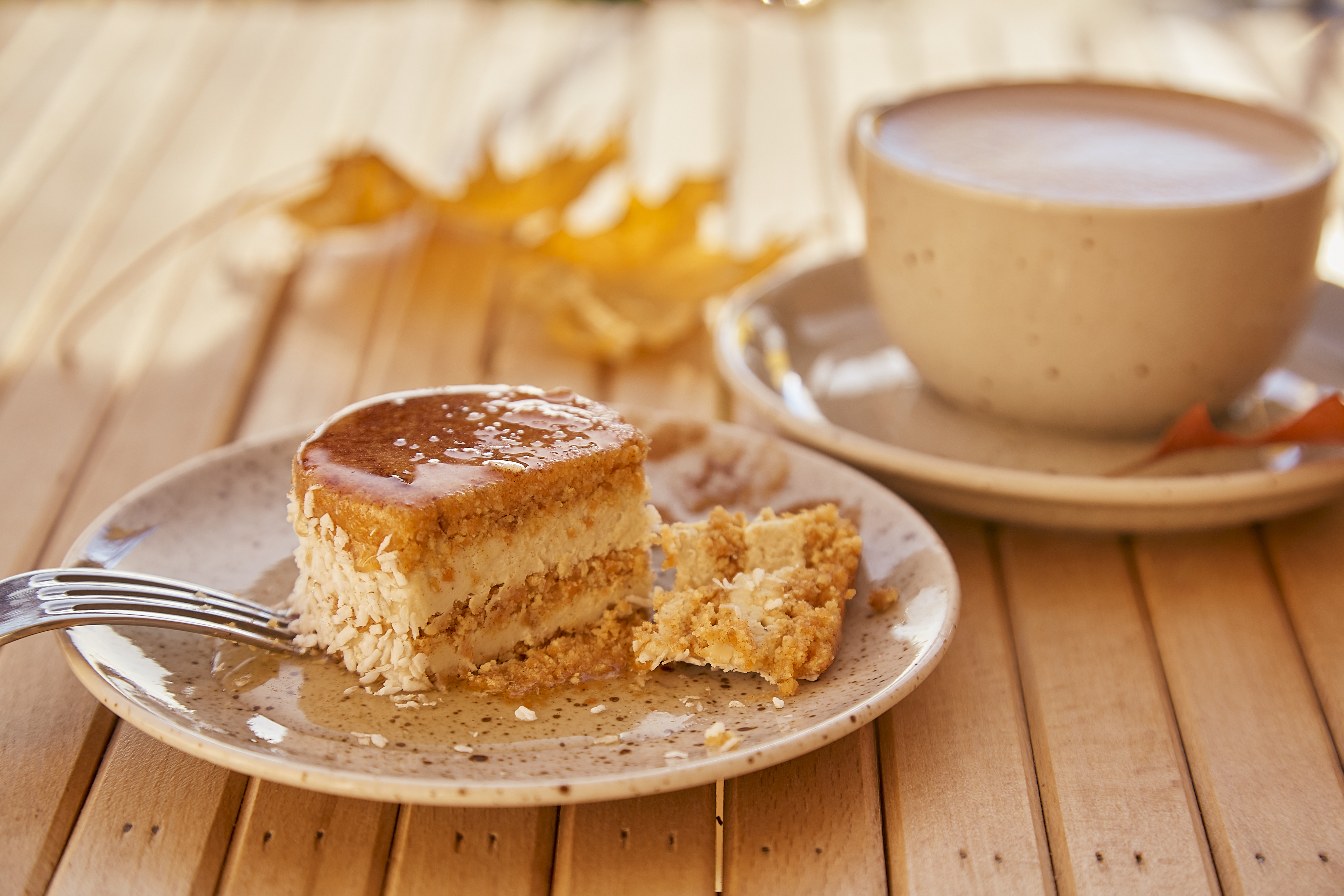
Agave syrup is often touted as a healthier alternative to sugar due to its low glycemic index—but the reality is more complicated. While it causes a slower glucose rise, agave is extremely high in fructose, which can overload the liver, worsen insulin resistance, and increase triglycerides over time. It’s also sweeter than table sugar, making overuse common. For blood sugar balance, avoid relying on agave and opt instead for more balanced natural sweeteners like monk fruit or stevia. Better yet, retrain your palate to enjoy foods with less sweetness altogether.
20. The Sneaky Carbs in Gluten-Free Pizza Crusts

Many gluten-free pizza crusts are made with refined flours like white rice or tapioca starch, which digest quickly and cause blood sugar spikes. Though marketed as healthier, these crusts often lack fiber or protein, making them even more problematic for glucose control. Some versions include hidden sugars to enhance flavor or browning. If pizza’s on the menu, try cauliflower-based crusts with minimal additives or whole grain alternatives made from chickpea or almond flour. Add fiber-rich veggie toppings and protein to slow absorption and keep your blood sugar steadier after mealtime.
21. The Unexpected Hit from Instant Oatmeal Packets
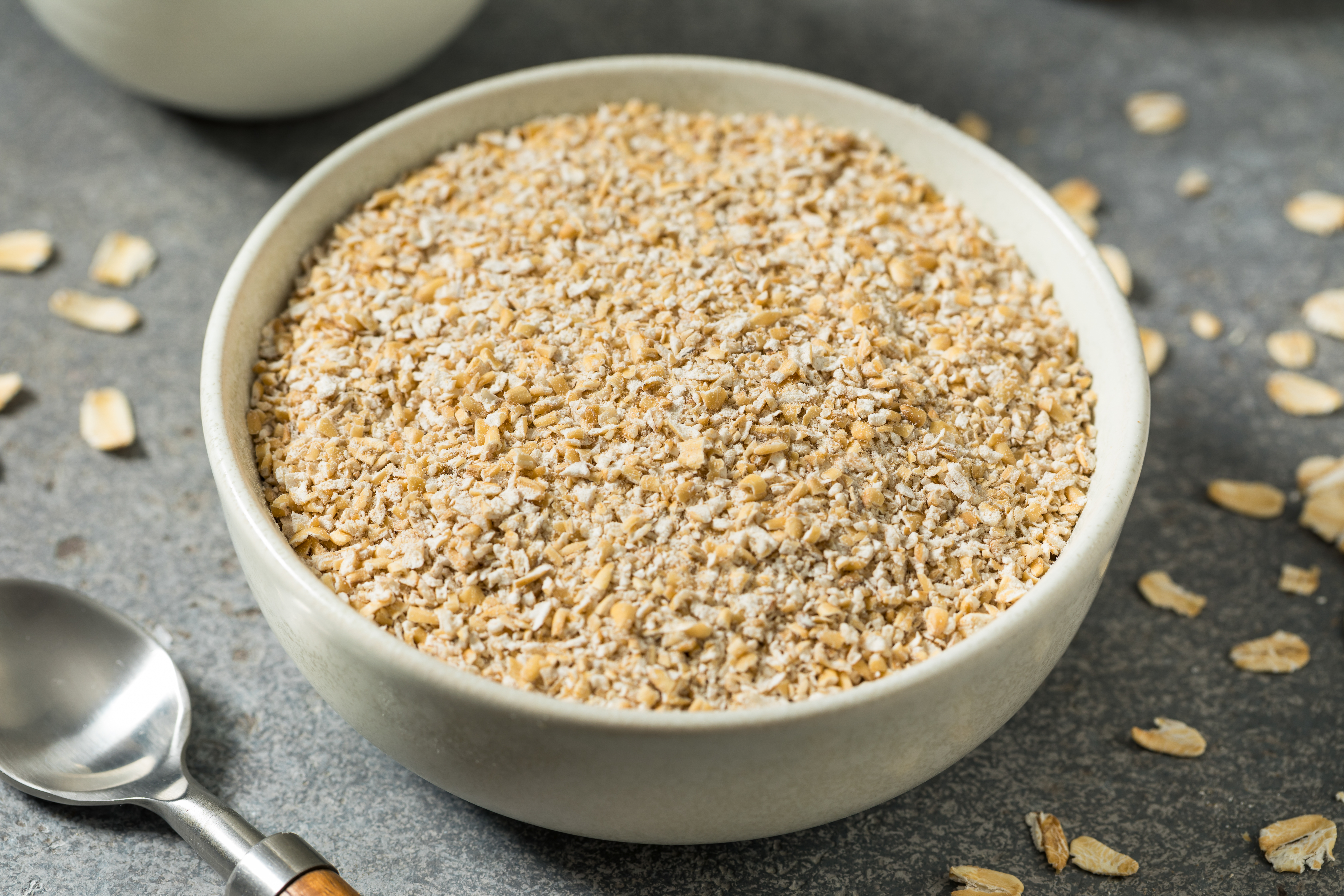
Oatmeal may seem like a blood sugar-friendly breakfast, but instant packets are often a different story. Many are pre-flavored and pre-sweetened with added sugars and syrups, causing a rapid glucose surge. Plus, the oats are processed to cook faster, meaning they’re broken down more quickly by the body—further accelerating the sugar spike. Instead, go for steel-cut or old-fashioned rolled oats and flavor them yourself with cinnamon, chia seeds, or a few berries. Slowing down the prep can help slow down your blood sugar too.
Rethink Sweet: Awareness Is Your Best Ally

Blood sugar control isn’t just about cutting out cake or candy—it’s about spotting the imposters hiding in your pantry, your fridge, and even your “healthy” habits. The most dangerous spikes often come from foods we never think twice about: a splash of salad dressing, a bowl of soup, or a so-called energy bar. But knowledge changes everything. By understanding how these 21 foods impact your body, you’re not just reacting—you’re reclaiming control. This isn’t about restriction or fear; it’s about clarity, curiosity, and smart swaps that let you live fully while managing your blood sugar like a pro. Whether you're newly diagnosed or decades into the journey, the power to prevent the next spike is in your hands—and your next grocery list. Stay sharp, stay informed, and remember: it’s not about perfection. It’s about knowing better so you can do better—one bite at a time.
Powered by Froala Editor